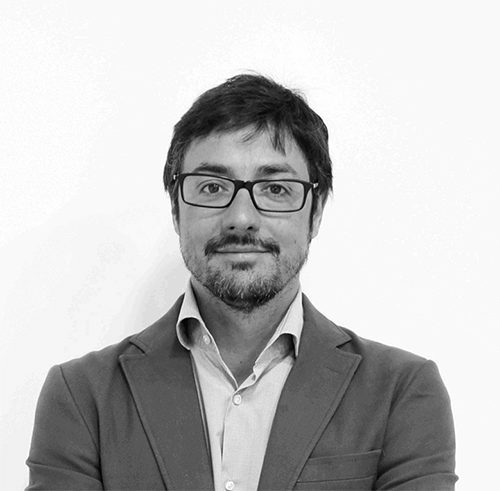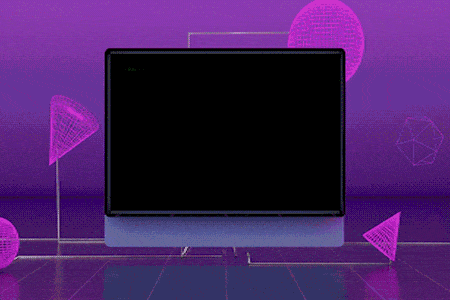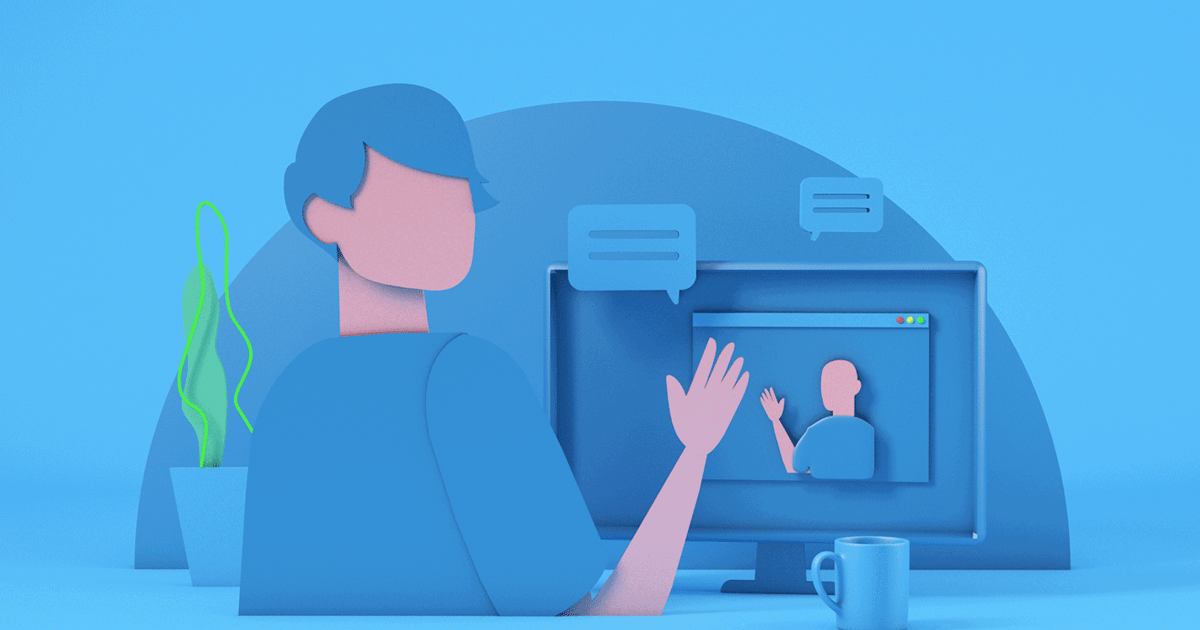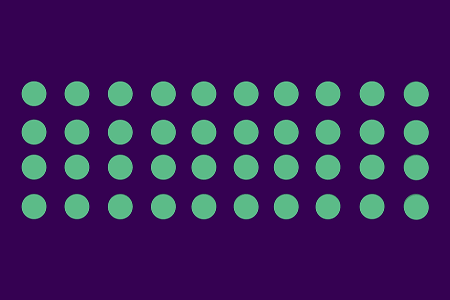
Is Your Design ‘Insight’ Really Just ‘Info’?
Understanding the inner workings of the universe has obsessed scientists and philosophers alike for millennia. While many theories have emerged, what’s clear is that humans are at the center of any possible understanding. Wrote British author Alan Wilson Watts, “Through our eyes, the universe is perceiving itself. Through our ears, the universe is listening to its harmonies. We are the witnesses through which the universe becomes conscious of its glory, of its magnificence.”
If we are the universe trying to understand itself, then how do we as humans understand ourselves, each other and the world around us? The answer is perception. I believe Irish philosopher George Berkeley put it best when he said, “The only things we perceive are our perceptions.” In other words, human consciousness is the matrix upon which the cosmos can be understood.
As designers, we’re also specifically fond of understanding the inner nature of things: knowing how something works and why, the motivations behind different decisions. In fact, gaining this understanding is fundamental for being able to predict behaviors and to design for them accordingly. That’s why when conducting design research, we observe, ask questions, challenge processes and seek to form insights based on what we are perceiving with our own senses. These insights are critical — they inform the design of product and service experiences.
What’s in an insight?
First, what is an ‘insight’ in this context? At frog, we define an insight as a penetrating discovery about the hidden motivations behind user, consumer and customer behaviors applied to unlock opportunities for innovation. The secret recipe to helping people and organizations thrive is combining the right mix of insights.
An insight, therefore, is not just information. Here’s a look at the difference:

Gathering insights about human behaviors is at the core of how we design at frog. We have more than 50 years of experience fundamentally challenging the way businesses and industries operate, creating measurable value for our clients, end users and society-at-large by understanding — and reimagining — how people engage with the world around them.
As we continue to move into the era of analytics, artificial intelligence, machine learning, IoT and Big Data, our need to understand human behaviors will only intensify. These emerging technologies unlock all sorts of new behaviors and create new unmet needs in the process. Our job then as designers and innovators is to advance the human experience, which we can only do by first having a deep understanding of our current reality.
Basic human needs (shelter, food, love, etc.) never change. What changes is the contexts in which we operate. When we gather insights, we’re looking to articulate interactions and express challenges people face in their everyday lives.
Successful concepts only work because people want and value them. This is an obvious but often overlooked fact. Having insights about how and why users engage in an experience and the friction they might experience helps inform more relevant, meaningful solutions.
Changes in any system — whether a changed law, a new fashion or a new technology — knock existing systems out of balance and create new needs. Expressing these changes as insights informs new opportunities.
How good is your insight?
Of course, as I said earlier, not just any piece of information qualifies as an insight. Insights need to be tested. You may find even during the most collaborative research process that people get attached to their own discoveries, protective of the emotional connection between their perception and their insights. However, insights need to be objectively measured.
For each supposed insight, ask yourself and your team: Does it resonate? Is it novel? Is it repeatable? Asking these sorts of questions is where a team with diverse viewpoints, training, backgrounds and skill sets can really strengthen decision-making.
Because people do have the tendency to become emotionally attached to their insights, you will also need to create the right climate for mutually supportive collaboration. You want as much mental energy as possible from the team to be expended on supporting the vision, not protecting or defending their inputs. This requires the right mindset. It means being open-minded, but also creative, analytical, rational and critical — without being judgmental, biased or otherwise dismissive.
How committed are you to unlocking the potential of your insight?
Of course, interest in the universe is not enough. It takes perseverance, hard work and resources to hunt out the right insights. However, once applied to the design process, insights have unlimited power to inform the design of the world around us.
At frog, we’ve learned a lot about capturing and applying design insights in design research, developed over decades partnering with companies and organizations to activate around the customer to deliver continuous value. We believe it’s a necessary part of the human-centered design process.
To learn more, download the frog guide to collaborating as a team to arrive at valuable insights, called How to Uncover Valuable Design Insights: 3 Steps to Understanding the Unknown. This guide is based upon the pioneering research, experiments and engagements in human dynamics which comprises the Synectics® body of knowledge. Synectics® is a registered trademark of Synecticsworld, Inc.


Cris has led innovation and R&D teams for over 20 years, specializing In creative problem solving, as well as the development and launch of new products and services. His expertise involves setting up innovation models for businesses and organizations, fostering company culture, insight-led product and service design, and running inventive problem-solving projects.
We respect your privacy
We use Cookies to improve your experience on our website. They help us to improve site performance, present you relevant advertising and enable you to share content in social media. You may accept all Cookies, or choose to manage them individually. You can change your settings at any time by clicking Cookie Settings available in the footer of every page. For more information related to the Cookies, please visit our Cookie Policy.


